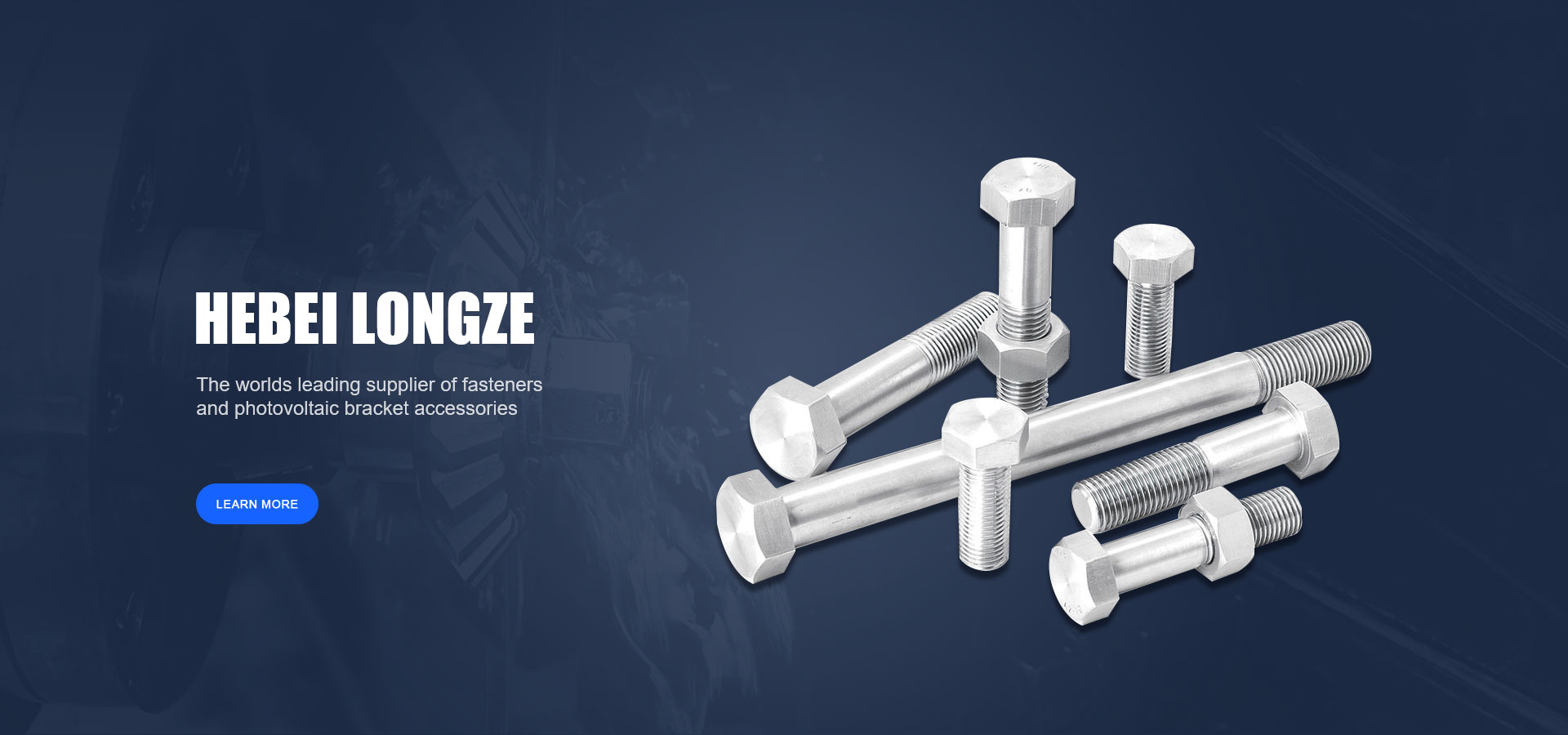

Stud Bolts and Nuts Fastening Solutions for Industrial Applications and Structural Integrity
Dec . 26, 2024 03:12 Back to list
Stud Bolts and Nuts Fastening Solutions for Industrial Applications and Structural Integrity
The Importance of Stud Bolts and Nuts in Engineering Applications
In the world of engineering and construction, fasteners play a crucial role in ensuring the integrity and durability of structures and machinery. Among the myriad of fasteners available, stud bolts and nuts stand out for their versatility and reliability. This article explores the significance, applications, and best practices of using stud bolts and nuts in various engineering fields.
What are Stud Bolts?
Stud bolts are a type of fastener that consists of a long rod, usually made from steel or other strong materials, with threads on both ends. Unlike standard bolts, stud bolts do not have a head; instead, they are installed by screwing nuts onto both ends. This design allows for greater flexibility in tight spaces and provides a strong grip that can handle high loads. Stud bolts are often used in high-pressure and high-temperature environments, such as those found in the oil and gas, power generation, and chemical industries.
Applications of Stud Bolts and Nuts
Stud bolts and nuts are commonly utilized in a variety of applications. One of their primary uses is in the assembly of flanged joints in piping systems. Here, stud bolts help secure two flanges together, enabling them to withstand internal pressures without leaking. This makes them crucial components in industries that rely on transporting liquids and gases.
In addition to piping systems, stud bolts are also prevalent in machinery assembly, structural frameworks, and construction projects. They can be found in bridges, buildings, and even automotive applications, where they contribute to the overall strength and stability of the construction. The ability to use high-strength materials for stud bolts allows engineers to design lighter structures without compromising safety.
Advantages of Using Stud Bolts
stud bolts and nuts

The benefits of using stud bolts over traditional bolts include their high tensile strength and the load distribution capability. When tightened properly, stud bolts can resist shear forces better than regular bolts due to their longer length, which helps in spreading the load more evenly. Additionally, using nuts on both ends allows for easier adjustments and replacements without needing to dismantle extensive sections of the assembly.
Another significant advantage is the ease of installation. Since stud bolts can be accessed from both sides, they simplify the installation process in confined spaces, reducing the time and labor required for assembly.
Best Practices for Installing Stud Bolts and Nuts
To ensure the longevity and effectiveness of stud bolts and nuts, several best practices should be followed during installation. Firstly, it is essential to select the appropriate size and grade of stud bolts and nuts, as these factors directly influence the joint's strength and performance.
Before installation, the mating surfaces should be clean and free from debris or corrosion. Proper torque specifications should be adhered to, as over-tightening or under-tightening can lead to joint failure. Utilizing torque wrenches or tensioning devices ensures that the fasteners are securely tightened to the recommended specifications.
Regular inspections are also crucial in maintaining the integrity of structures and machinery. Over time, environmental factors and vibrations can cause degradation in the fasteners, making periodic checks essential to prevent failures.
Conclusion
Stud bolts and nuts are indispensable components in the realm of engineering and construction. Their unique design and numerous advantages make them suitable for a wide range of applications, particularly in industries requiring high reliability. By following proper installation techniques and maintenance practices, engineers can ensure that these fasteners perform optimally throughout their service life, contributing to the safety and stability of various structures and systems. As engineering practices evolve, the importance of high-quality fasteners like stud bolts and nuts will only continue to grow.
Latest news
-
High-Strength Hot Dip Galvanized Bolts - Hebei Longze | Corrosion Resistance, Customization
NewsJul.30,2025
-
Hot Dip Galvanized Bolts-Hebei Longze|Corrosion Resistance&High Strength
NewsJul.30,2025
-
High-Strength Hot-Dip Galvanized Bolts-Hebei Longze|Corrosion Resistance&High Strength
NewsJul.30,2025
-
Hot Dip Galvanized Bolts-Hebei Longze|Corrosion Resistance&High Strength
NewsJul.30,2025
-
Hot Dip Galvanized Bolts - Hebei Longze | Corrosion Resistance, High Strength
NewsJul.30,2025
-
High-Strength Hot Dip Galvanized Bolts-Hebei Longze|Corrosion Resistance, Grade 8.8
NewsJul.30,2025

